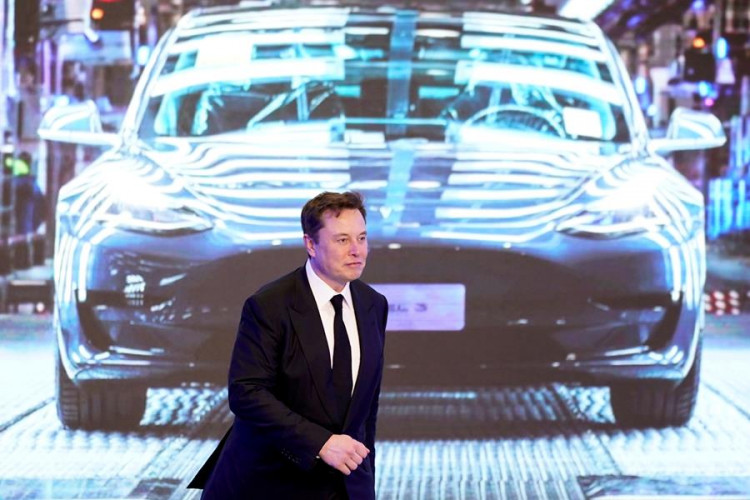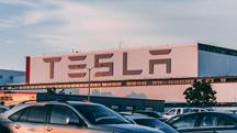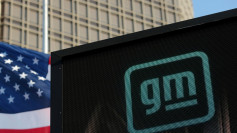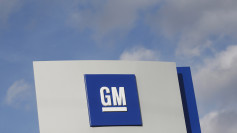Elon Musk, Tesla Inc.'s CEO, is gearing up to introduce a robotaxi in August, a move that appears aimed at revitalizing investor interest and reversing the downward trajectory of Tesla's stock. This announcement comes on the heels of a challenging period for the electric vehicle giant, marked by declining share prices and reports of halted plans for a more affordable EV model.
Tesla's stock performance has notably struggled, with the company closing as the worst performer in the S&P 500 this year, following lackluster quarterly delivery figures and news from Reuters about shelved plans for a cheaper electric vehicle. Musk's response, which attempted to clarify the situation, did little to mitigate the stock's fall.
In an effort to shift focus and rekindle investor optimism, Musk resorted to a familiar strategy: teasing a new product. This tactic, a hallmark of Tesla's approach to market engagement, involves generating excitement through announcements of innovative products, often with significant lead times between reveal and production. Despite Musk's history of ambitious claims regarding autonomous vehicles, which have yet to come to fruition, the promise of a robotaxi has sparked renewed interest in Tesla's stock.
The proposed robotaxi, according to Musk's statements on social media platform X (formerly Twitter), is set to be unveiled on August 8. While details remain scarce, Musk has previously hinted at Tesla's Austin plant as a potential production site for the vehicle. The robotaxi is anticipated to share a platform with the now-questionable affordable EV, challenging earlier reports of the latter's cancellation, which Musk vehemently denied as "lying."
Tesla's move towards a robotaxi service could position the company as a contender in the ride-hailing market, dominated by firms like Uber and Lyft. Moreover, the proposed Tesla Network would allow private Tesla owners to rent out their vehicles as robotaxis, with Tesla taking a percentage of the revenue-a model Musk has suggested could be highly profitable.
However, Tesla's current self-driving technology, despite being marketed as "Full Self-Driving" (FSD), remains a Level 2 driver-assist system, requiring constant driver supervision. This stands in contrast to the Level 4 autonomy of existing robotaxi services such as Waymo One and Baidu's Apollo Go, which operate within specific, pre-mapped areas without the need for a human driver.
As Tesla prepares to report its first-quarter earnings on April 23, the industry and investors are watching closely. The announcement of the robotaxi has undoubtedly stirred interest, but skepticism remains regarding the viability of fully autonomous driving technology and its potential impact on Tesla's future.
Adam Crisafulli of Vital Knowledge advises caution, noting the gap between Tesla's ambitious announcements and the current reality of their technological capabilities. "Investors need to curb some of their enthusiasm... as there tends to be a wide chasm between hype/speculation and reality," Crisafulli commented.
As the August reveal of the robotaxi approaches, the question remains: will this latest venture by Musk and Tesla bridge the gap between aspiration and achievement, or will it join the ranks of previous ambitious projects awaiting realization?





